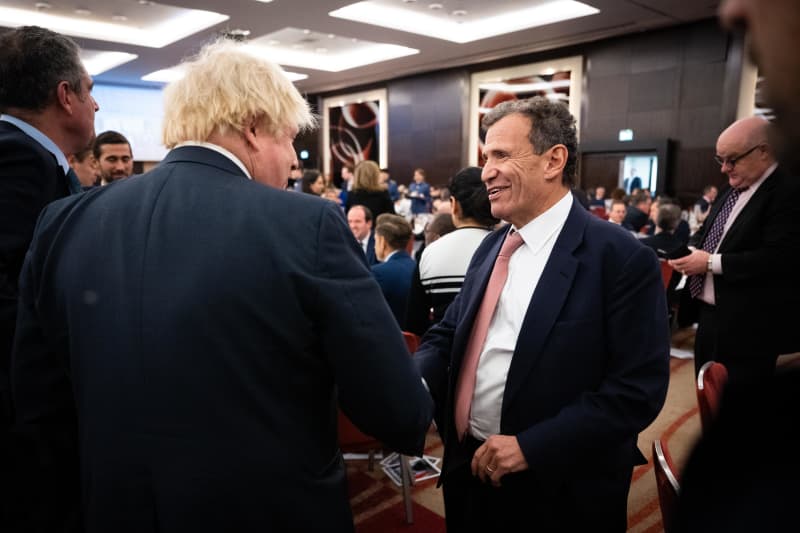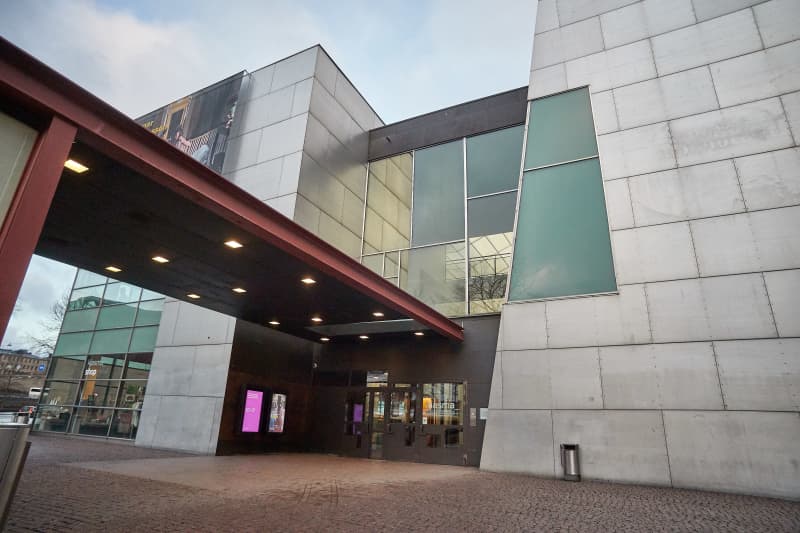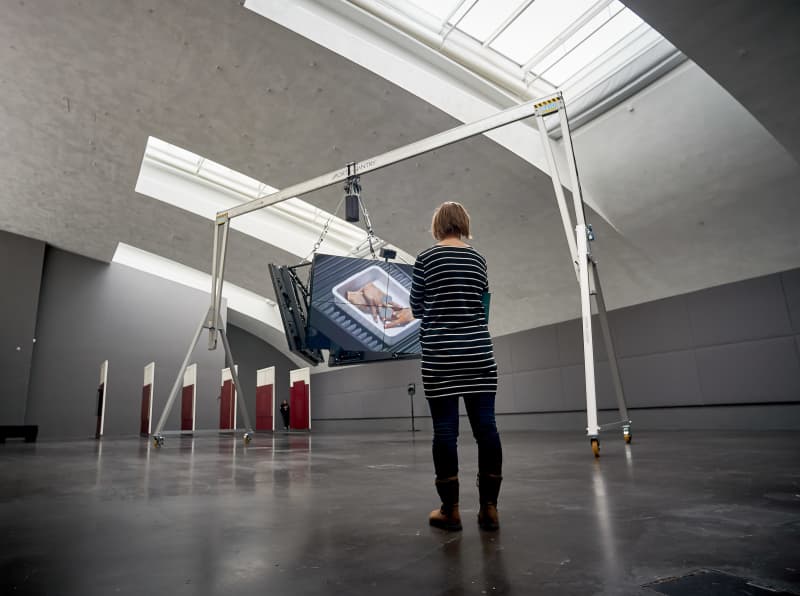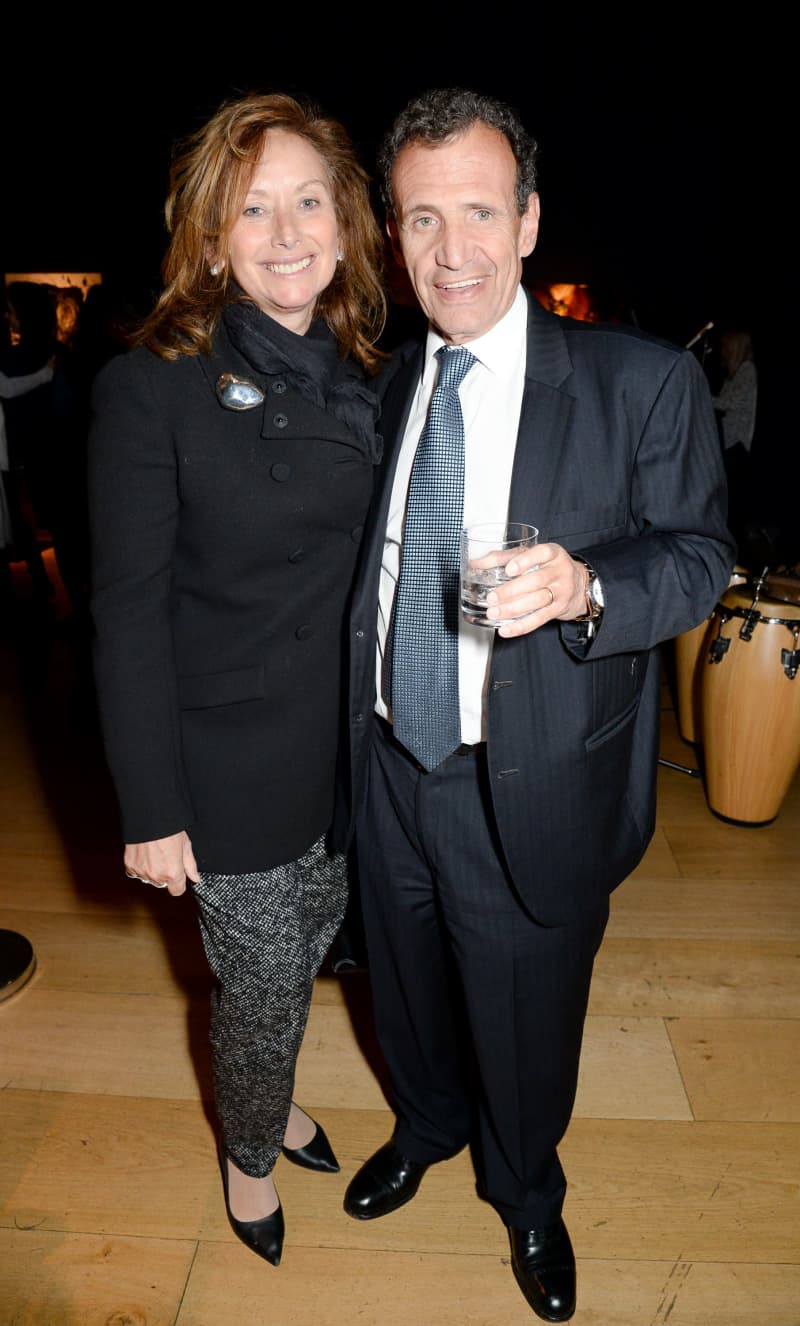
Finnish artists have demanded the resignation of Zabludowicz, accused of ties to Israel, from the board of the Kiasma support foundation. Kiasma says that it cannot affect the composition of the foundation’s board.
By Friday afternoon, nearly a hundred contemporary Finnish artists have announced that they will suspend their cooperation with the contemporary art museum Kiasma until the representative of the Zabludowicz Art Trust gives up his board position in the museum’s support foundation.
The Kiasma\\_strike campaign reported on the work stoppage yesterday, December 1. At the same time, a petition was announced, the number of signatures of which has more than doubled in a day.
According to the press release, the basis for the work stoppage is \”the long-standing support of the organizations financed by Zabludowicz to the apartheid policy of the Israeli state towards Palestine and the Palestinians\”.
Kiasma announced yesterday, Thursday, that neither it nor the National Gallery can influence the composition of the foundation’s board.
In this story, we open up what the case is about.

How does Kiasma cooperate with Poju?
The foundation was established in 2008, because the state’s funding was perceived to be insufficient. Foundations are very common in the museum field both in Finland and around the world.
Kiasma is part of the National Gallery, which also includes the Ateneum Art Museum and the Sinebrychoff Art Museum. The National Gallery does not have decision-making power over the composition of the Kiasma support foundation’s board.

Zabludowicz still has no say in where and how Atkins’ work is presented. Neither Zabludowicz nor the Kiasma Support Foundation participate in the design of Kiasma’s software. The museum decides how it will use the funds collected by the foundation.
– We are an independent, separate operator, so Kiasma and the National Gallery are different from the Kiasma support foundation, museum director Leevi Haapala reminded Yle yesterday.
Haapala emphasized that the National Gallery or Kiasma, which belongs to it, cannot boycott a private citizen who is not on the Finnish state’s sanctions list.
Are there any grounds for the accusations?
The Kiasma boycott is based on the claim that the organizations financed by Zabludowicz have long supported the Israeli state’s apartheid policy towards the Palestinians, as well as business connected to the occupation of the Palestinian territories.
The background is the human rights organization Amnesty’s February statement that Israel’s actions are apartheid crimes.

Poju, who studied at Tel Aviv University, has strong connections to Israel. In 2002, he founded the pro-Israel lobbying agency Bicom. According to its website, it is \”an independent research center whose aim is to increase understanding of Israel and the Middle East in Great Britain\”.
In practice, Bicom has, for example, denied apartheid claims and condemned Amnesty’s report as \”perverted\”.
Poju has donated millions of euros to Bicom over the years. He also served as chairman of Bicom until 2013. According to information received from Kiasma support foundation Poju, he has not been involved in Bicom’s operations for seven years.
In their open letter to Kiasma, the artists Terike Haapoja and Eero Yli-Vakkuri also write that Zabludowicz has investments in the American company Palantir Technologies, whose services are used by the Israeli security services for spying and profiling Palestinians.
How significant an actor is Poju?
The Zabludowiczs are a globally significant entrepreneurial family. Their investment company Tamares operates in the real estate, technology and entertainment sectors, among other things. Poju is the current manager of Tamares.
Among other things, he owns 20 percent of the ice hockey team Tappara and a significant share of real estate in downtown Las Vegas.
The Zabludowicz Collection, founded by the duo, collects international contemporary art and maintains an exhibition space in London. Works from the collection can also be found at the couple’s summer residence in Sarvisalo, which serves as a residency for international artists.
The targets of the boycott are the Zabludowicz Art Trust fund, the Daata Art gallery, and Zabludowicz’s artist residencies in New York and Sarvisalo.

What is art washing?
Haapoja and Yli-Vakkur’s open letter demanded the termination of Zabludowicz’s board membership, because \”otherwise Kiasma participates in the art-washing of political activities that endanger human lives\”.
Artwashing refers to soft influence or soft power, i.e. the means by which companies, states or other entities try to influence social values \u200b\u200bor images – or, on the other hand, the way in which they are perceived – through the means of art.
Soft influence can be that China rents cute pandas to Western countries.
In the field of art, art laundering can refer to a situation where an entity tries to improve its reputation by making donations to public museum collections. In Holland, the big oil companies Aramco and Shell supported local museums for years and benefited from having their brands mentioned in connection with art.
For years, the Sackler family, who got rich from opioid drugs, donated money to important museums around the world. Museums named their exhibition spaces after the Sacklers, and the family’s reputation as benevolent patrons spread.
How have expressions of opinion affected the art industry?
Awareness of money flows in the cultural sector has grown in recent years. This has led to public protests that have had an impact on museum operations.
In Great Britain, the British Museum has been loudly demanded to give up sponsorship money from the oil company BP. The cooperation has continued so far.
Kiasma’s line is that it cannot influence the composition of its support foundation. For now, Poju Zabludowicz is allowed to continue his work.
